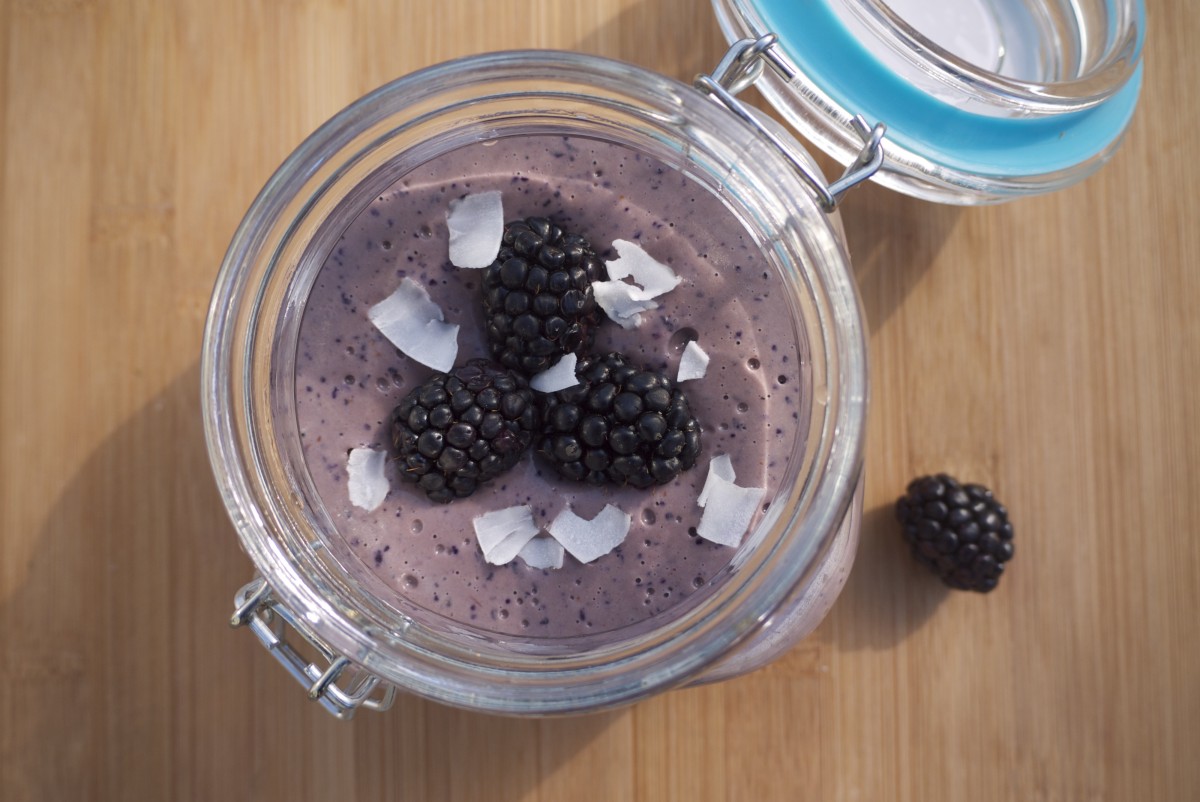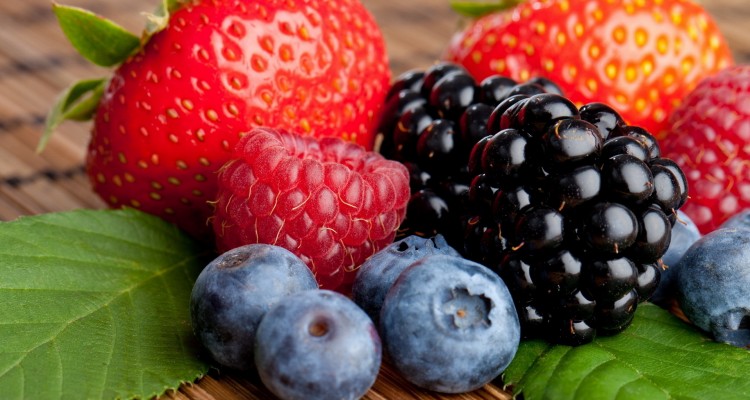
Inflammation:
Have you heard about inflammation in relation to health and disease? it has gained quite a lot of attention in the media over the past few years.
First of all, inflammation is a necessary part of health. It’s how our body reacts to stress, injury and infection. The damaged cells and tissues swell up, turn red, go warm and tender, and are usually painful. Imagine slamming your thumb in a door and how it would look a few minutes after. Red, swollen and painful!
Proteins called cytokines, travel to the area affected to attack any germs and begin the process of repairing the injured cells.
But inflammation can also do damage to the body when there’s too much of it, usually as a result of various diet and lifestyle choices. It is now recognised as the root cause of almost all known diseases, including obesity, dementia, cancer, rheumatoid arthritis, heart disease and high cholesterol. Blood cytokine levels are raised in obesity, showing that levels of inflammation in the body are increased with the condition.
Inflammation is really your body’s way of protecting itself from harmful compounds, including irritants, bacteria and other pathogens, and it kickstarts the healing process. Inflammation is therefore a sign that the body is trying to heal itself and is a key part of its immune system response.
Acute inflammation occurs when you get injured or develop a short illness, but chronic inflammation can last for months and even years, and become self-perpetuating. A good example of chronic inflammation is rheumatoid arthritis.
Inflammation often hurts – people feel pain, stiffness, discomfort, distress and even agony, depending on the severity of it and the part of the body it’s in. Inflammation mainly causes pain because the swelling pushes against the sensitive nerve endings, which direct pain signals up to the brain.
Short-term inflammation is essential in many cases, but long-term inflammation, pain and discomfort must be well regulated through food and lifestyle choices.
A good example is my husband, Wes, whose chronic and debilitating back pain completely disappeared earlier this year from totally giving up gluten. Gluten (and dairy) also used to caused inflammation for me but in the form of spotty breakouts in my skin. Giving up both worked wonders for me!
Inflammatory Foods:

The imbalances in your body’s systems that cause inflammation will also rob you of your optimal health and quality of life, because you’re not going to feel your very best if you suffer from chronic inflammation.
While inflammation is quite easy to dampen down with dietary and lifestyle measures, the typical Western diet is far too high in processed foods, fried food, wheat, refined sugar, salt and white flour, meat, dairy, saturated and omega-6 fats, all of which can cause and maintain chronic inflammation.
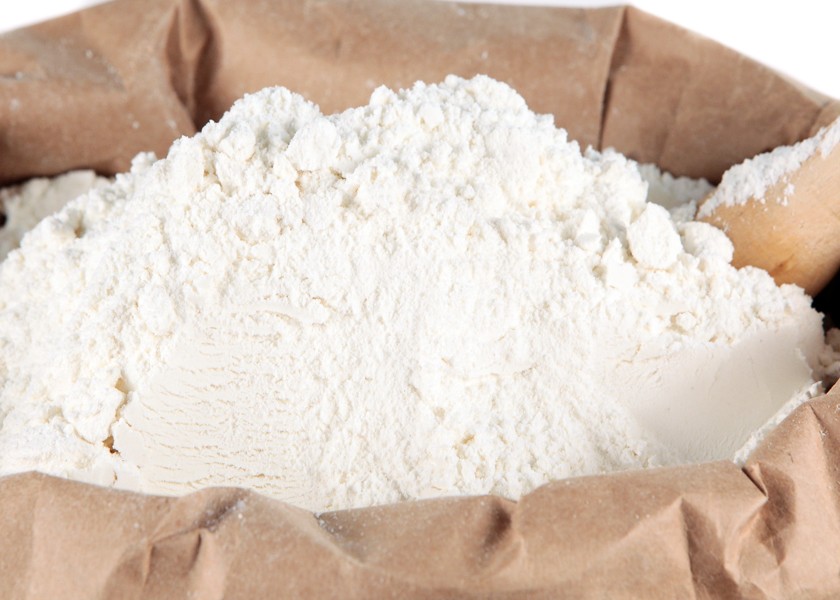
Longterm stress, nutrient deficiencies, a sedentary lifestyle, lack of sleep and environmental toxins can also trigger low grade systemic inflammation that may go totally unnoticed for years until disease eventually emerges.
Anti-Inflammatory Foods:
This is why it’s so important to eat a variety of nutritious foods, healthy fats and antioxidants everyday to help cleanse and purify blood and cells with the nutrients they need to brighten your skin, maintain your ideal weight and boost your energy levels for life.
Luckily, there’s a wide range of really tasty foods which are powerful in naturally dampening down inflammation and boosting your health. 🙂 Essential omega-3 fats, found in flaxseed, chia seeds and walnuts, are easy to incorporate into your daily diet, and many of my recipes on this site include them, such as this crunchy rawnola parfait.
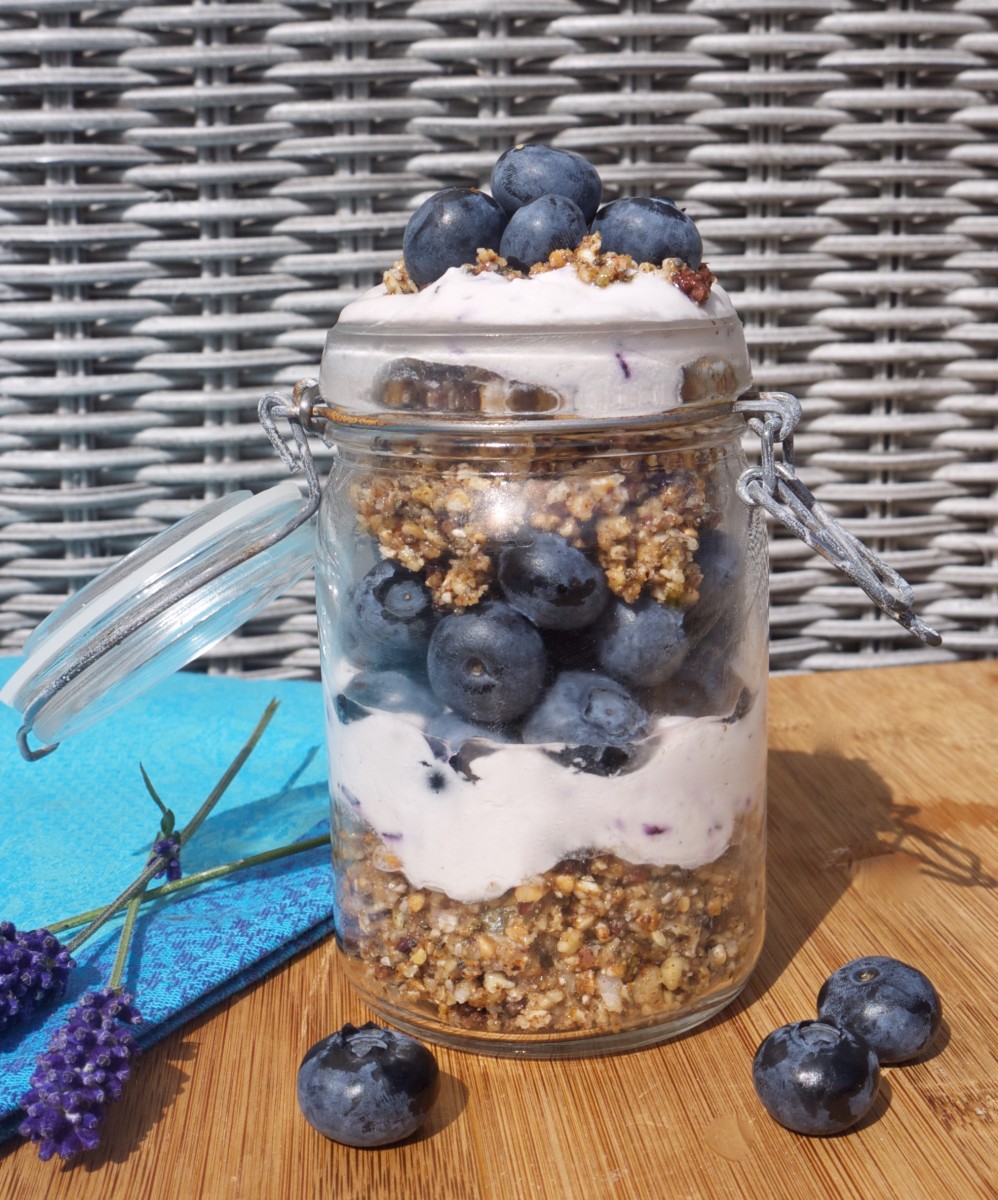
Other powerful anti-inflammatory foods include a wide range of fruit, vegetables, nuts such as almonds and hazelnuts, seeds like pumpkin and sunflower, gluten-free grains like quinoa and millet, plus avocados, herbs and spices.
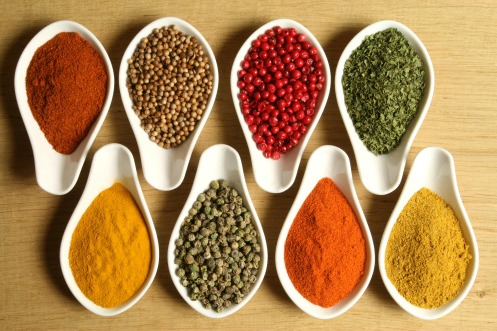
Ginger, cayenne and turmeric are particularly powerful anti-inflammatories, and are really easy to include in your favourite meals. I regularly add ginger into my smoothies 🙂
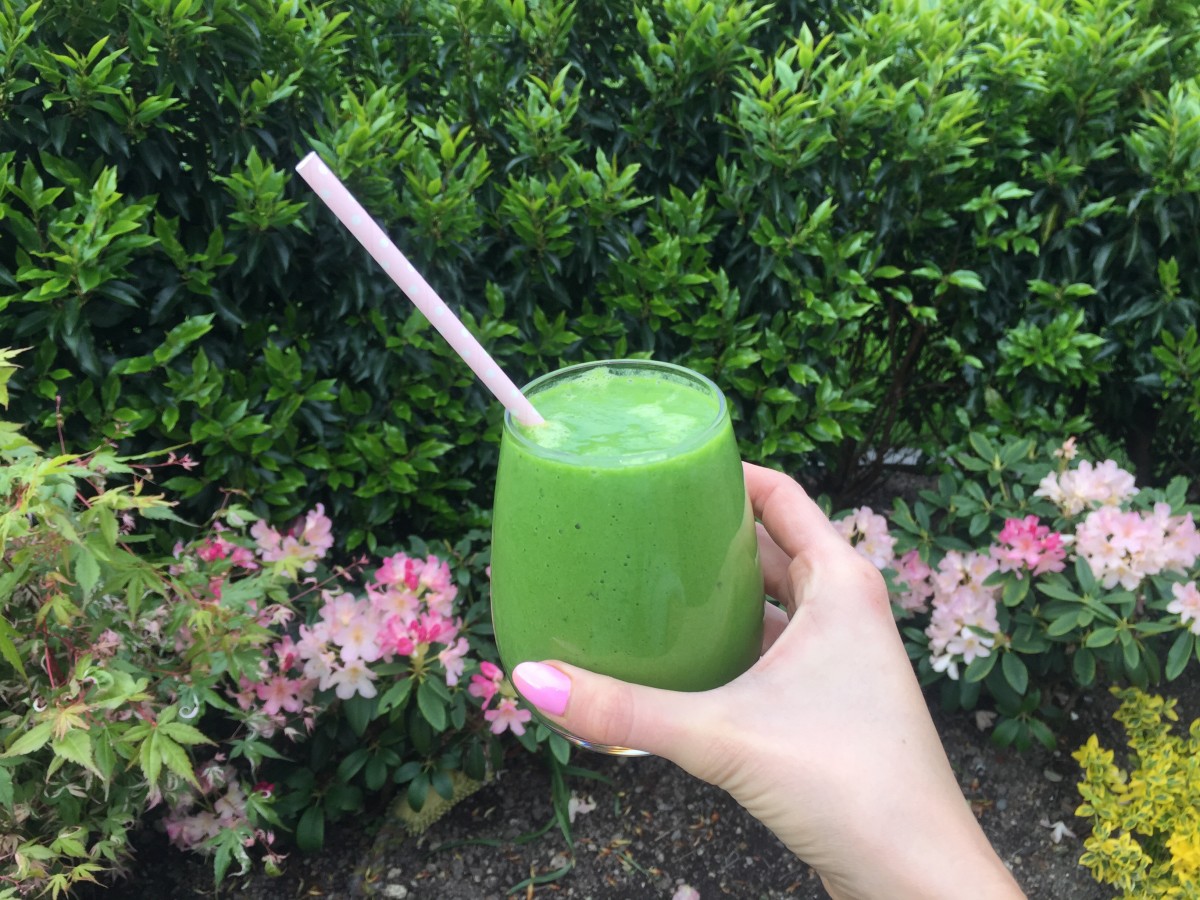
I definitely recommend a diet high in raw foods to get the most nutrition from the food you eat.
Herbal teas, green juices, and foods high in flavonoids are a powerful type of anti-oxidant used to reduce inflammation, with blueberries and spinach both being excellent sources.
Quercetin, another type of antioxidant, is found in apples. An apple a day etc.!

Aloe vera is a wonderful anti-inflammatory, and I often recommend it to clients with IBS or other intestinal complaints as it’s so soothing to an irritated gut lining.
Fresh (not canned) pineapple and papaya are both great foods to eat for their anti-inflammatory properties, because they contain an enzyme called bromelain, which reduce inflammation and swelling within a few days. For any avid gym-goers, pineapple can be a great help to those suffering with sore muscles post-workout. This pineapple passion smoothie is a delicious way to eat pineapple!
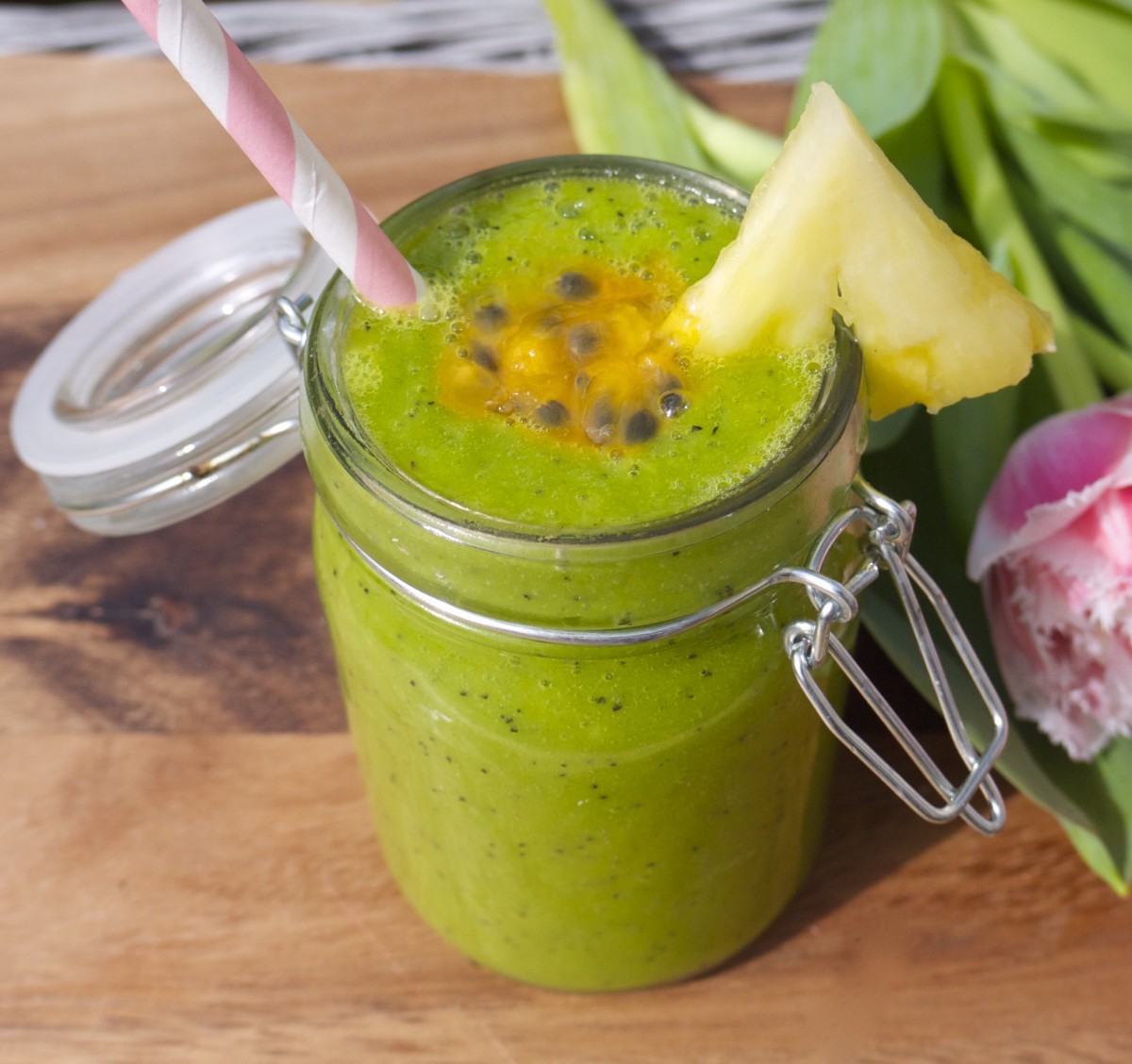
Since eating too many omega-6 fats are inflammatory to cells and tissues, it’s best to limit more concentrated sources, such as sunflower oil and corn oil.
Limiting fizzy drinks, salt, refined sugar, white flour, and junk foods from your diet as much as possible will also help to reduce inflammation.
Health Tip: After a strenuous weights session in the gym, I always make sure to eat a portion of fresh or frozen berries, to help dampen down any post-workout inflammation and muscle pain. The Blue Warrior Protein Smoothie is a delicious way to treat your body to lots of anti-inflammatory enzymes and nutrients, plus it contains raw plant-based protein powder to help with muscle recovery 🙂
